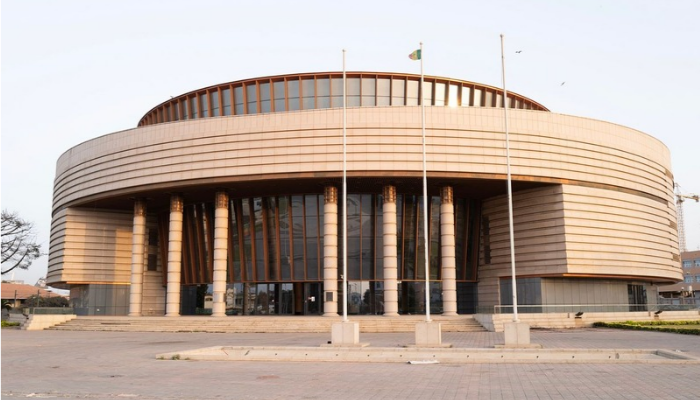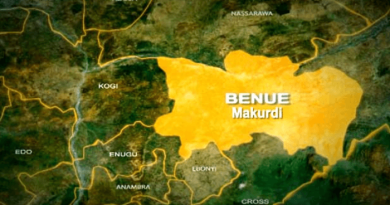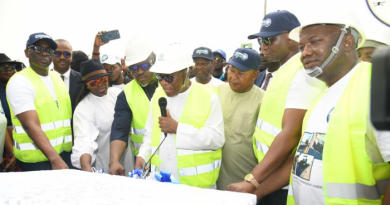A look at Dakar’s Museum of Black Civilizations
When the Museum of Black Civilizations opened in Dakar, Senegal, in December 2018, it was celebrated across the African and global art communities for many reasons.
First, it was a sigh of relief that after 52 years of waiting, the museum finally opened.
Again, the opening ushered in the largest museum of Black civilization on African soil, offering global art lovers and collectors an opportunity to see and appreciate African culture, art and heritage at their original sources rather than in Western museums of London, New York and Paris.
The sheer size of the museum also boosted the aesthetics and cityscape of Dakar, the Senegalese the capital.
Truly, the humongous size is top among the reasons the museum is worth celebrating. It is close to 14,000 square metres of floor space and capacity for 18,000 exhibits and capable of competing with the National Museum of African American History in Washington.
The museum offers 14,000 square meters of space (roughly 150,000 square feet), a sheer size that rebuts the old position that Africa does not have room to hold its artifacts that are now on display thousands of miles away.
The museum has a design workshop and a 150-seat theater for lectures.
At the entrance of the museum is “The Saga of the Baobab,” a metallic tree by the Haitian artist Edouard Duval-Carrié, which greets visitors. The towering 18-meter and 22-ton rusting baobab tree is worth seeing. The tree reflects the contributions of the diaspora alongside about 500 pieces from outside the continent including works from Philippe Dodard from Haiti and Elio Rodríguez from Cuba.
There are many works on display, especially from Senegalese and other African artists. There are also about 500 works from across the African diaspora, including paintings by the Haitian-born artist Philippe Dodard.
It also features great works such as the displays of ancient skulls and bones of some of the earliest human relations, from Ethiopia and elsewhere, as well as tools and ceramics on early craftsmanship, which pay homage to the origins of humankind.
Moreover, with the museum in place, many believe that the government of Senegal would soon formally ask for the restitution of the sword, which had been previously lent to Senegal in 2006 and 2008, as well as other items from the Musée de l’armée, Quai Branly, and Le Havre.
It is estimated that the number of artifacts Senegal would demand from Western governments and museums might total a few dozen objects, including all works of Senegalese origin at Quai Branly.
Most importantly, the museum, which is the grandest and most modern in the African region, aims to celebrate black civilizations’ contributions across the world. Its creation was the vision of the poet Léopold Sédar Senghor, Senegal’s first post-colonial president. In the 1960s, Mr. Senghor helped foster the Negritude library movement that championed the idea of a shared identity among Africans across the world.
Sadly though, there is a peculiar twist. The museum finally came to fruition with the contribution of a $34 million gift from China, (instead of western world), which is making new inroads into West Africa with donations and loans to governments eager for new infrastructure.
A reminder that China foots much of the bill is noticeable in firefighting equipment spaced throughout the exhibit halls and labeled in Chinese characters.





